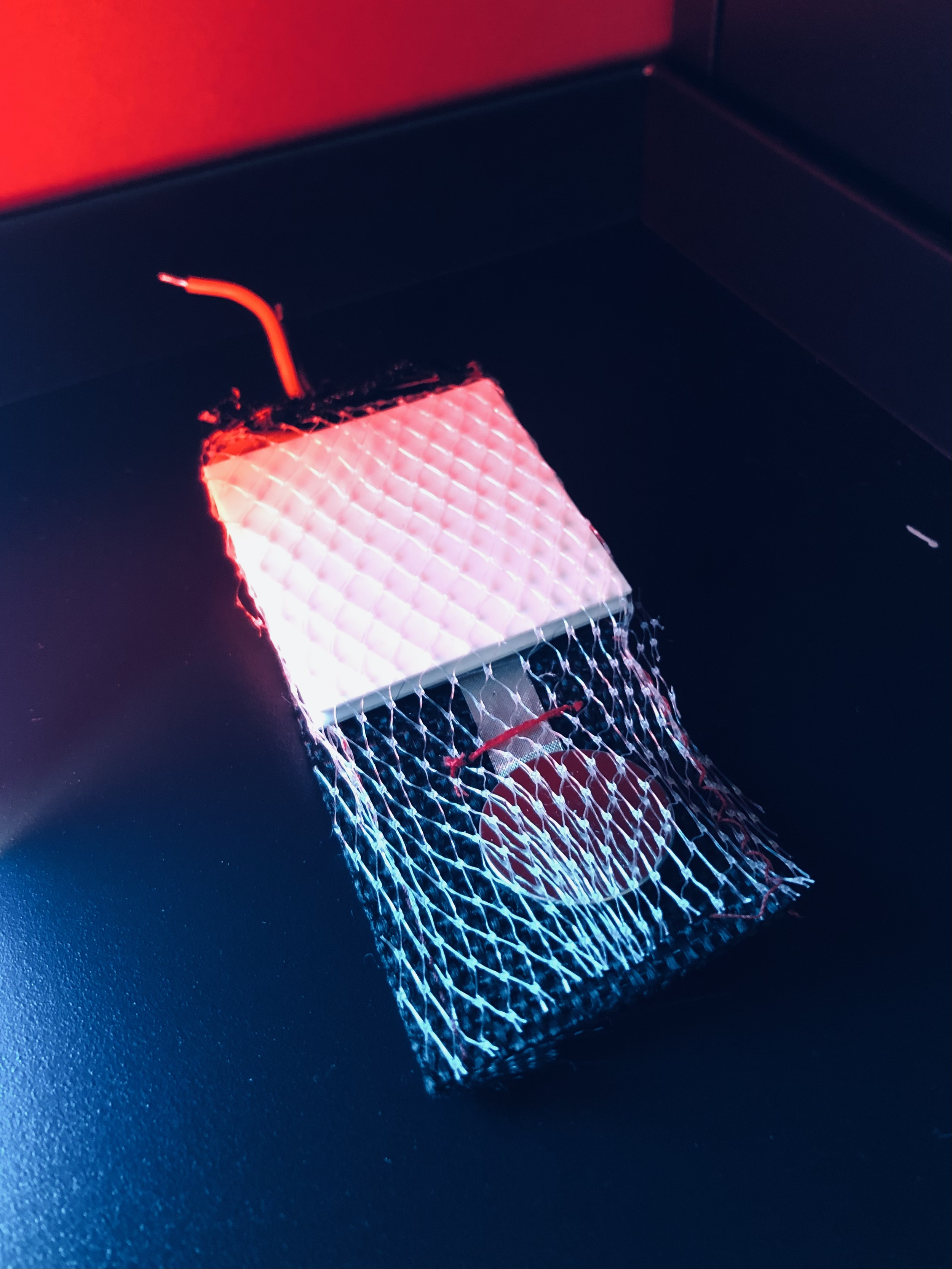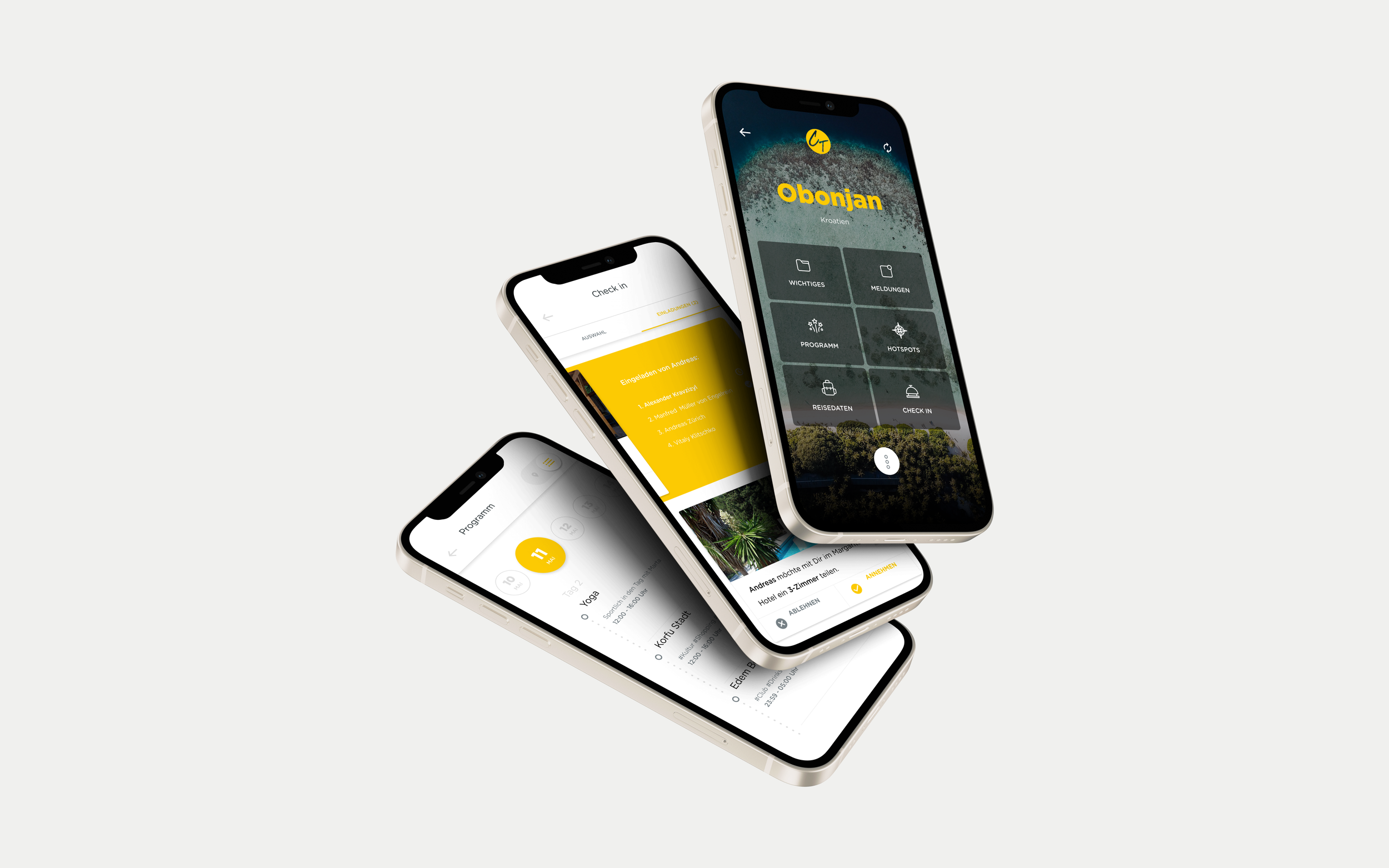
GOOSEBUMPS
Digitalising the internship process of nursing students
This project was part of my Master degree evolving around context analysis and contextual interaction design. The context my project group worked on was the following:
The human, as a social being, is necessarily engaged with other humans. Being in contact via technology is, nowadays, central to humans in various situations, with various others, and through various technologies.
While there is a huge body of knowledge available that shows how and why people communicate via technology, it is still to be investigated how people perform and create over distance with members of the creative/performing arts community via collaborative tech.
Contextual Research & Prototyping
master study project
6 months
2021
Research Objective
Our goal was to identify what has changed in the way performing artists operate in an online setting, engage with their audience and how their interaction can be supported with technology. For this, we formulated two research questions.
—————————————————-
RQ1: How can performing artists translate their work into an online context, and what are the technological barriers/chances?
RQ2: Does the intensified online context through Covid-19 indicate a turn in the creative and performing arts industry? (which turns are there? is it relevant? will it remain online after pandemic)
Interview Outcomes
Online cannot replace offline performance
Work has changed
Audience is more prone to fluctuation
Audience interaction is limited online
The online space allows for participation
Online performance is more emotionally taxing
Technology was the only solution, despite its many shortcomings
There are many possibilities for technology-supported performance in the future
Design Solution
Reviewing the needs of performers made it clear that possible design solutions which support performers in an online environment need to be tackled from an integrated perspective. One that creates an entangled experience between performers, audiences and technology in a non-intrusive way.
HEAT
heat as interaction/ feedback medium
heat represents heat during a live on-site performance and being on stage: excitement, lights, flashlight, people cheering
Responsive artifact that has feedback based on the input of the audience
More (positive) input from the audience would result in the device getting warmer, and vice versa
Intuitive tactile feedback
Prototyping
When deciding on a final prototype idea, we also considered the accessibility of the technology which was an important theme that came up in the contextual analysis. With this in mind, a simple wearable seemed the best fit for our context. The prototype addresses the most pressing concern raised during the Contextual Analysis - a perceived lack of feedback from the audience that comes from being in different physical spaces during a performance.
Goosebumps
With Goosebumps, the performer is able to experience real-time feedback from the audience and gauge the mood and response to the performance. The use of heat as a feedback mechanism is strongly linked to the idea of emotion (body heat) and this brings back the emotional link that a musician has with their audience. The product is non-intrusive as it requires no explicit interaction from the performer, as would be the case in an offline performance. Goosebumps is also accessible and easily understandable for all levels of technology users, an important theme that came up in the analysis.
An app is connected to the online performance platform in order to collect interaction data from the audience (emojis, reactions, messages), which is then transferred to the connected device and translated to temperature output.
Where does the input come from?
Discussion
Research revealed the importance of the physical space for performance, creating better immersion for the artist and viewer through low-latency feedback on multiple sensory levels. Many participants were hopeful that the digital performance space might be improved in the near future, but argued they would still prefer the physical space for their performances. Based on the feedback from performers, it seems apparent that a hybrid performance environment is the most likely future for the creative arts industry. Technology is not yet best suited for the online space, leaving room for growth and innovation.
It is our belief that this innovation will be best brought forward by considering the hybrid interplay of humans and technology, and treating the technology as an actor in this context. Design solutions for this space should be developed in an holistic context that nurtures human traits in order to preserve the humanity and empathy that is so missed in the online performance context.











